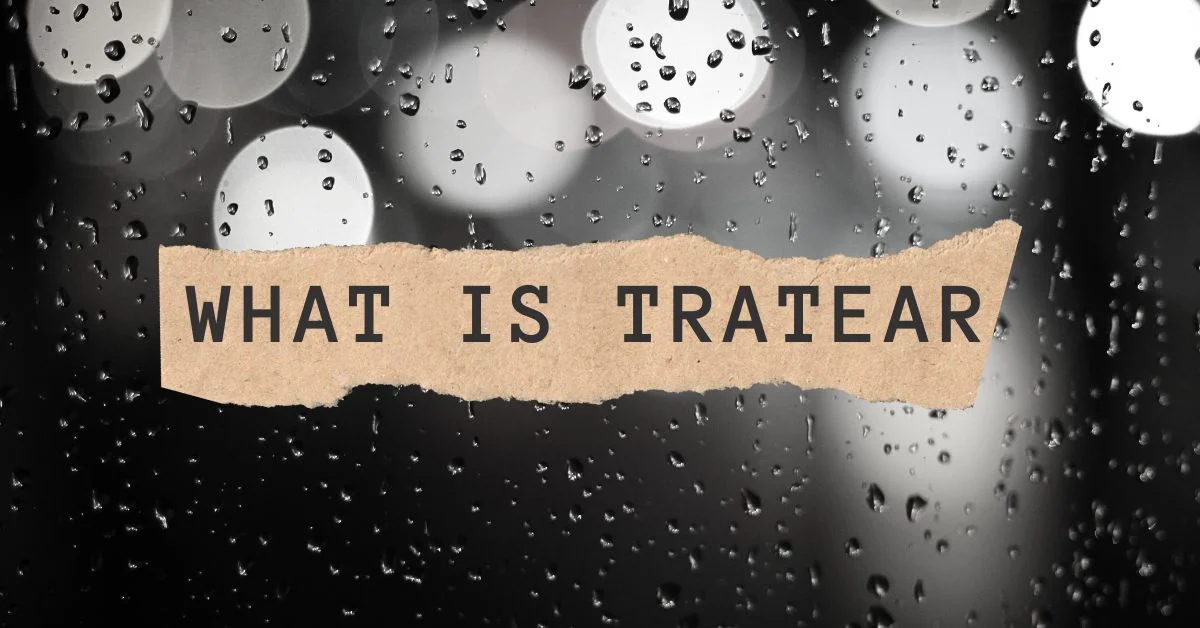Introduction to Tratear
Tratear, derived from Spanish roots, embodies the essence of sequential harmony in personal development and mindfulness practices. This introductory section sets the stage for a deeper exploration of tratear’s significance and applications.
The Origins of Tratear
Tratear’s origins can be traced back to ancient mindfulness traditions, where sequential actions were used to achieve states of heightened awareness and connection. Over time, this concept evolved and found its way into modern wellness practices, offering individuals a structured approach to mindfulness and balance.
The Evolution of Tratear Practices
From its traditional roots to contemporary adaptations, tra-tear practices have evolved to meet the diverse needs of individuals in today’s fast-paced world. Techniques such as mindful breathing, movement sequences, and reflective journaling form the core of tra-tear methodologies, providing a holistic framework for personal growth and well-being.
The Impact of Tratear on Mental Clarity
One of the key benefits of tratear is its ability to enhance mental clarity. By engaging in sequential actions with mindful intent, individuals can declutter their minds, focus on the present moment, and cultivate a sense of inner calm. This clarity of mind empowers individuals to make informed decisions and navigate challenges with resilience.
Exploring Trataría in Depth
Trataría, a related concept to tra-tear, adds a layer of hypothetical or conditional action. This section delves into the nuances of trataría and its applications in expressing intentions, possibilities, and hypothetical scenarios. Understanding trataría expands the scope of tra-tear practices, offering a range of approaches to mindfulness and self-exploration.
Practical Techniques for Tratear
Incorporating tratear into daily life involves practical techniques that promote mindfulness and balance. These may include:
- Mindful Breathing Exercises: Focusing on the breath to anchor oneself in the present moment and cultivate inner peace.
- Sequential Movement Routines: Engaging in mindful movements such as yoga sequences or tai chi to promote physical and mental well-being.
- Reflective Journaling Practices: Write down thoughts, feelings, and reflections to gain insights into one’s inner world and promote self-awareness.
- Mindful Eating Habits: Paying attention to the sensory experience of eating, savoring each bite, and fostering a healthy relationship with food.
- Digital Detox and Mindful Technology Use: Setting boundaries with technology to create space for mindfulness and connection with the real world.
The Role of Tratear in Emotional Regulation
Beyond mental clarity, tratear plays a crucial role in emotional regulation. By engaging in sequential harmony practices, individuals can manage stress, regulate emotions, and cultivate a sense of emotional balance. This emotional resilience empowers individuals to navigate life’s ups and downs with greater ease and equanimity.
Read More: Senisieta: All You Need to Know About This Professional Skincare Elixir
FAQs about Tratear
1. What distinguishes tratear from other mindfulness practices?
Tratear’s emphasis on sequential harmony sets it apart from other mindfulness practices. Rather than focusing solely on the present moment, tratear incorporates intentional sequences of actions to promote holistic well-being.
2. Can anyone practice tratear, regardless of experience level?
Yes, tra-tear is accessible to individuals of all experience levels. Beginners can start with simple sequential actions and gradually incorporate more complex practices as they become familiar with the principles of tra-tear.
3. How often should one engage in tratear practices?
The frequency of tra-tear practices can vary based on individual preferences and schedules. Some may benefit from daily tra-tear sessions, while others may find value in weekly or monthly engagements. Consistency and mindful intentionality are key.
4. What are the benefits of integrating tratear into daily routines?
Integrating tratear into daily routines can lead to numerous benefits, including improved focus, reduced stress, enhanced emotional regulation, and a greater sense of overall well-being.
5. Are there any potential challenges or pitfalls to be aware of when practicing tratear?
While tra-tear can be highly beneficial, it’s essential to approach it with an open mind and patience. Some individuals may initially struggle with maintaining consistency or finding the right balance of sequential actions. Regular self-reflection and adjustments can help navigate any challenges that arise.
Conclusion: Embracing the Journey of Tratear
In conclusion, tratear offers a transformative journey toward mindfulness, balance, and self-discovery. By understanding its origins, exploring practical techniques, and embracing the principles of sequential harmony, individuals can cultivate a deeper connection with themselves and the world around them. With continued practice and mindful intentionality, tra-tear becomes not just a tool but a way of life, fostering resilience, clarity, and holistic well-being.

